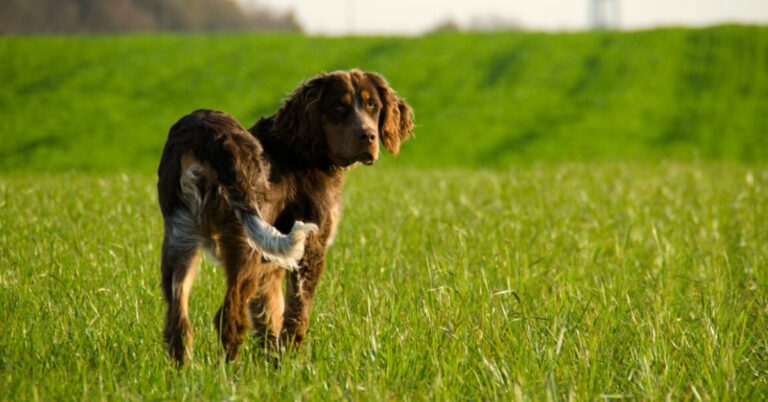10 Surprising Facts You Might Not Know About The Mighty Newfoundland

Some heroes wear fur instead of capes. With their massive hearts and even mightier frames, Newfoundland dogs stand out for their unmatched courage and calm. They’ve starred in literature and earned their place as the ultimate guardians. Keep reading to uncover 10 lesser-known facts that highlight what truly makes this gentle breed one of a kind.
They Are Among The Best Avalanche Rescuers
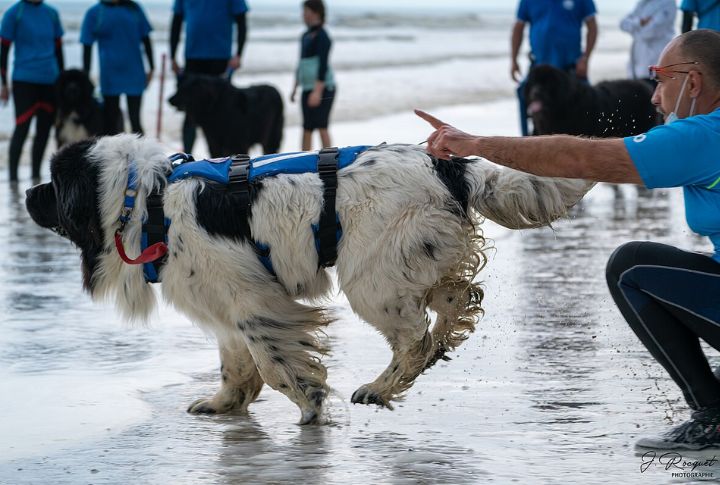
When avalanches strike and people get trapped (or lost), this powerful breed becomes nature’s snowbound hero. Their dense coat protects against subzero cold, and their massive paws act like natural snowshoes, which keep them swift on deep drifts. Guided by scent and instinct, they locate buried victims and help rescuers dig through snow.
They Are A Superb Emotional Anchor For Humans

Another hidden talent the Newfoundland presents is that it’s remarkably attuned to human emotion, able to sense distress through the smallest shifts in breathing or posture. In moments of sadness or stress, they instinctively “lean in,” offering quiet comfort. That simple gesture can actually help someone stay present amid stressful situations.
They Are A Remarkable Water Therapy Companion
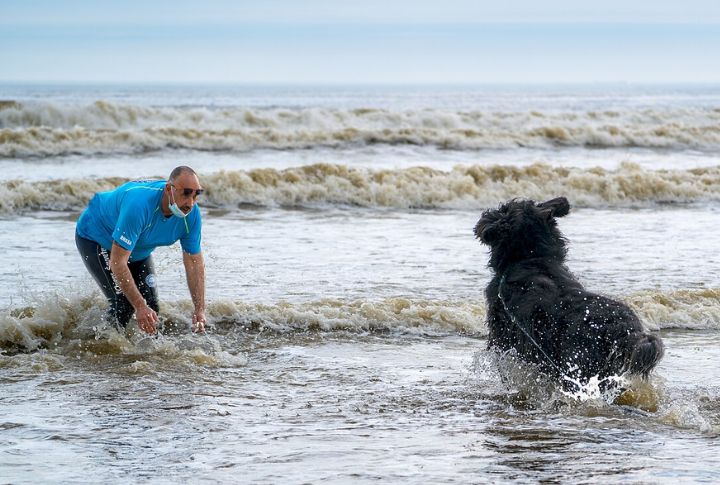
In rehabilitation pools and therapy programs, where patients can sometimes struggle to stay afloat, this breed’s natural bond with water becomes a gift. Their powerful swimming and steady presence encourage confidence, and their quiet companionship eases tension—turning each session into a shared moment of trust and gentle motivation.
They Are Exceptional Child’s Guardian In Neurodiverse Homes

Like a gentle anchor, a trained Newfoundland may offer calm in moments of overwhelm. Their steady presence, with guidance, of course, helps children feel secure and emotionally grounded. In neurodiverse homes, this bond goes beyond companionship, becoming a daily source of comfort, understanding, and unspoken reassurance that they are safe and seen.
They Can Be The Ideal Winter Mobility Partner

When snow turns travel into a test of endurance, the Newfoundland’s strength and steadiness shine. Their thick coat and sure footing make them natural allies in icy terrain, offering support and balance through winter’s most challenging stretches. They don’t just endure the cold; they make movement through it possible.
They Effortlessly Take The Role Of A Natural Lifeguard
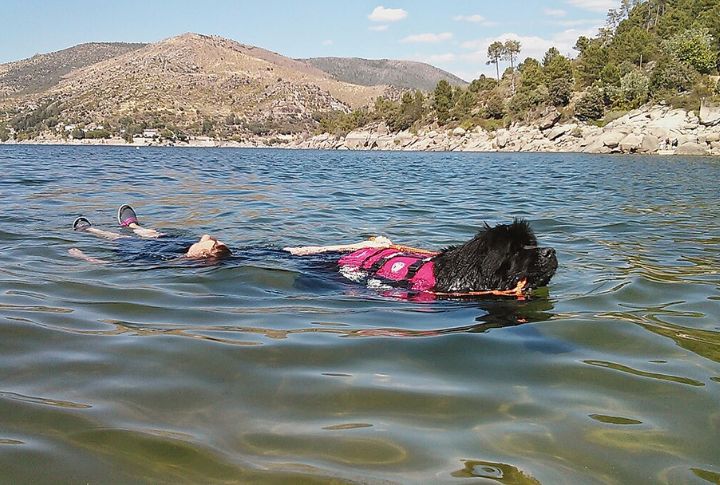
If you ever found yourself struggling in water, this breed wouldn’t hesitate to dive in. Their dense, oily double coat acts like a life jacket to keep them afloat as they push through the waves. With powerful lungs and a rescue instinct, they’ve saved countless lives throughout history.
They Are The Heritage Show Star And Breed Ambassador
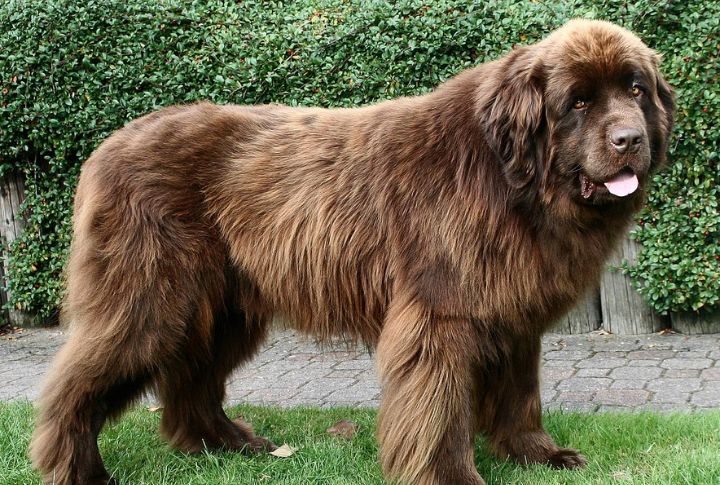
Do you know that the Newfoundland dog is a recognized breed by the AKC, CKC, and The Kennel Club (UK)? Originating from Canada’s coastal working docks, it excels in water rescue and conformation shows. Known for its massive build and gentle temperament, it remains a global symbol of canine strength, loyalty, and grace.
They Share Ancestry With The Labrador Retriever
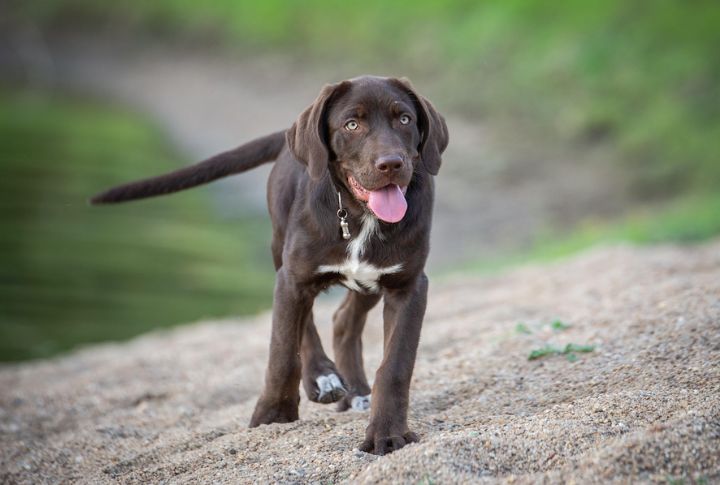
The Newfoundland and the Labrador Retriever both descend from the now-extinct St. John’s Water Dog. While Newfoundlands were bred for heavy-duty rescue and hauling, Labradors were refined for agility and retrieval. Their shared lineage explains their mutual love of water and cooperative temperament.
They Are Literary Legends
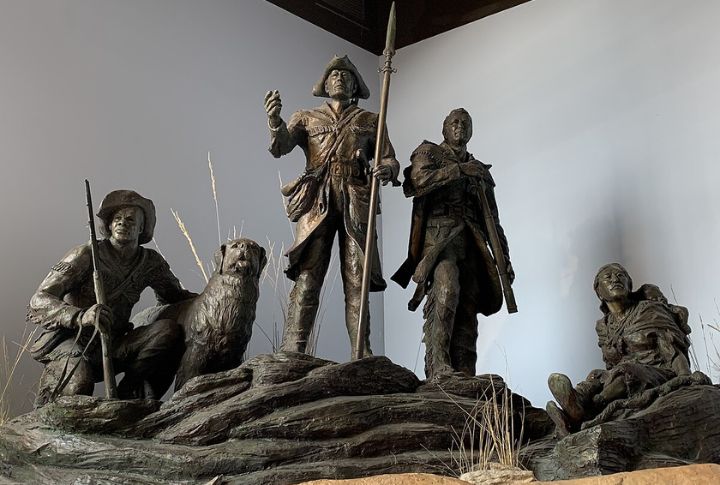
This breed has earned its place in both history and literature. Most famously, “Seaman,” a Newfoundland, accompanied Meriwether Lewis on the Lewis and Clark expedition, serving as a guard and companion across thousands of miles. In fiction, the breed inspired “Nana,” the devoted nursemaid dog in J.M. Barrie’s “Peter Pan”.
They Require A Detailed Health Routine

Even with their undeniable charm, these large canines are prone to conditions like hip dysplasia and heart issues, which makes regular vet checks a must. Weight management is also an essential need that caregivers need to be aware of. With a balanced diet and attentive grooming, they can live comfortably for their full span of 8-10 years.




